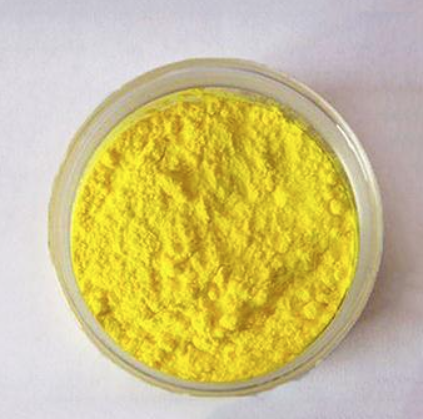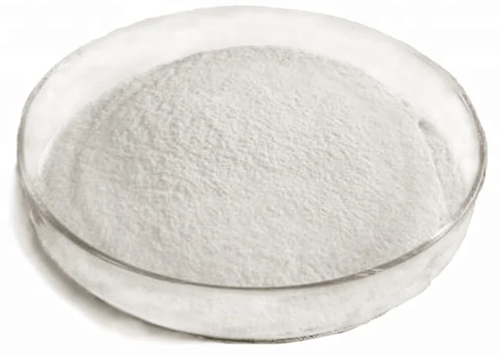Toxicity study of Fluralaner
Mar 5,2024
What is Fluralaner ?
Fluralaner is an isoxazoline-based drug that effectively treats mites and bedbugs in poultry. Fluralaner is approved for the treatment of fleas and ticks on dogs and cats in the U.S., and for mites on chickens in Europe and Australia; Fluralaner is also effective against a number of other medically and veterinarily relevant arthropods, such as certain mosquito larvae, sheep blowfly larvae, and certain ticks associated with animal production, and studies have shown that Fluralaner shows promise for controlling horn flies and houseflies.
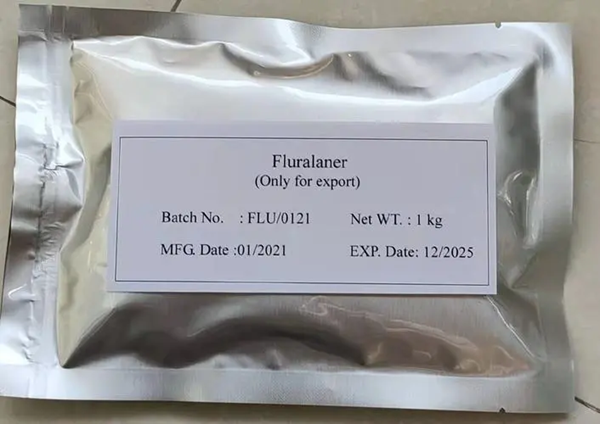
Toxicity study of Fluralaner
In a study of the efficacy of Fluralaner against three species of filth flies, it was shown that fluralaner was more than two times more effective than permethrin against horn flies, but more than 45 times less effective than permethrin against stable flies. Topical fluralaner was tested against permethrin for 48 hours and oral fluralaner was tested against imidacloprid for 24 hours against houseflies. Topical fluralaner was 6-28 times more toxic than permethrin in four pyrethroid-resistant strains, whereas in one susceptible strain and one mildly pyrethroid-resistant strain, fluralaner was not significantly less toxic than permethrin. In all five insecticide-resistant strains tested, there was slight cross-resistance between topical applications of fluralaner and permethrin. Oral fluralaner was more toxic than imidacloprid in all four strains of houseflies tested, ranging from 9 to 118 times more toxic than imidacloprid. Oral cross-resistance between imidacloprid and fluralaner was not detected, but resistance to imidacloprid was not high in any of the strains tested.
To date, fluralaner appears to pose minimal safety risks for mammals, including humans. The FDA has approved fluralaner as an orally administered systemic for control of blood-feeding arthropods in livestock.
Lethal and sublethal effects of fluralaner on the citrus red mite, Panonychus citri (McGregor).
The citrus red mite, Panonychus citri (McGregor) is a globally distributed agricultural pest. Of late, resistance to common acaricides has raised concerns that chemical control of P. citri is an inefficient means of control. Fluralaner, a highly toxic isoxazoline insecticide used to treat various ectoparasites, presents one potential alternative. However, little information has been reported about the effect of fluralaner on the citrus red mite. This study aims to evaluate the toxicity, sublethal and transgenerational effects of fluralaner on P. citri.
In both laboratory and field populations of P. citri, we found fluralaner to be more toxic than conventional alternatives, including fenpropathrin, bifenazate, azocyclotin and chlorpyrifos. Interestingly, fluralaner proved more toxic to female adults than to the eggs of P. citri, with median lethal concentrations (LC50 ) of 2.446 and 122.7 mg L-1 , respectively. Exposure to sublethal concentrations of fluralaner (LC10 , LC20 and LC30 ) significantly reduced the fecundity and longevity of female adults P. citri individuals. Although concentrations of fluralaner applied to the parental female adults (F0 ) led to some changes in the developmental parameters, there were no significant changes in most of the life table parameters or population growth of the F1 generation.
Our results indicate that fluralaner is highly toxic to P. citri, and a significant sublethal effect on F0 could suppress the population growth of P. citri, but not for F1 . Fluralaner may be considered as a pesticide for the future management of the citrus red mite.
References
[1] BAXTER A. ELLIOT . Pharmacokinetics of intravenously and trans-dermally administered fluralaner in healthy laying shaver hens: fluralaner in chickens[J]. Poultry Science, 2023. DOI:10.1016/j.psj.2023.103362.
[2] YITING REN. Lethal and sublethal effects of fluralaner on the citrus red mite, Panonychus citri (McGregor).[J]. Pest Management Science, 2024. DOI:10.1002/ps.8034.
[3] EDWIN R BURGESS. Toxicity of fluralaner, a companion animal insecticide, relative to industry-leading agricultural insecticides against resistant and susceptible strains of filth flies.[J]. Scientific Reports, 2020: 11166. DOI:10.1038/s41598-020-68121-z.
- Related articles
- Related Qustion
- Fluralaner: pharmacokinetics, efficacy and safety Jun 21, 2023
Fluralaner, a medication that has gained popularity for its effectiveness in treating sarcoptic mange in wombats and controlling Haemaphysalis longicornis ticks on dogs.
- The effects of fluralaner on dogs Jan 6, 2022
Fluralaner is a novel systemically administered insecticidal and acaricidal compound that provides long-acting efficacy after oral administration to dogs.
Nifuroxazide is an effective therapy for acute diarrhea and is prescribed from the onset of diarrhea without waiting for stool culture results, which can be late or negative.....
Mar 5,2024APIAbbreviated TsCl, it is a derivative of toluene and contains a sulfonyl chloride (?SO2Cl) functional group.....
Mar 5,2024Organic ChemistryFluralaner
864731-61-3You may like
- Cefotetan: Indications, Side effects and Contraindications
May 10, 2024
- Is Cefapirin sodium FDA approved?
May 10, 2024
- Mechanism of action and Side effects of Everolimus
May 10, 2024
- Fluralaner
-
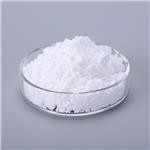
- $0.00 / 1KG
- 2024-05-09
- CAS:864731-61-3
- Min. Order: 1KG
- Purity: USP, BP
- Supply Ability: 5,000KG
- Fluralaner
-
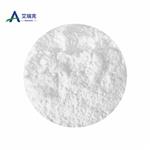
- $0.00 / 1g
- 2024-04-12
- CAS:864731-61-3
- Min. Order: 1g
- Purity: 99.99%
- Supply Ability: 20 tons
- 4-(5-(3,5-dichlorophenyl)-5-(trifluoromethyl)-4,5-dihydroisoxazol-3-yl)-2-methyl-N-(2-oxo-2-((2,2,2-trifluoroethyl)amino)ethyl)benzamide
-
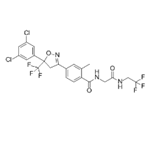
- $0.00 / 25kg
- 2024-03-28
- CAS:864731-61-3
- Min. Order: 25kg
- Purity: 98%
- Supply Ability: Inquiry




